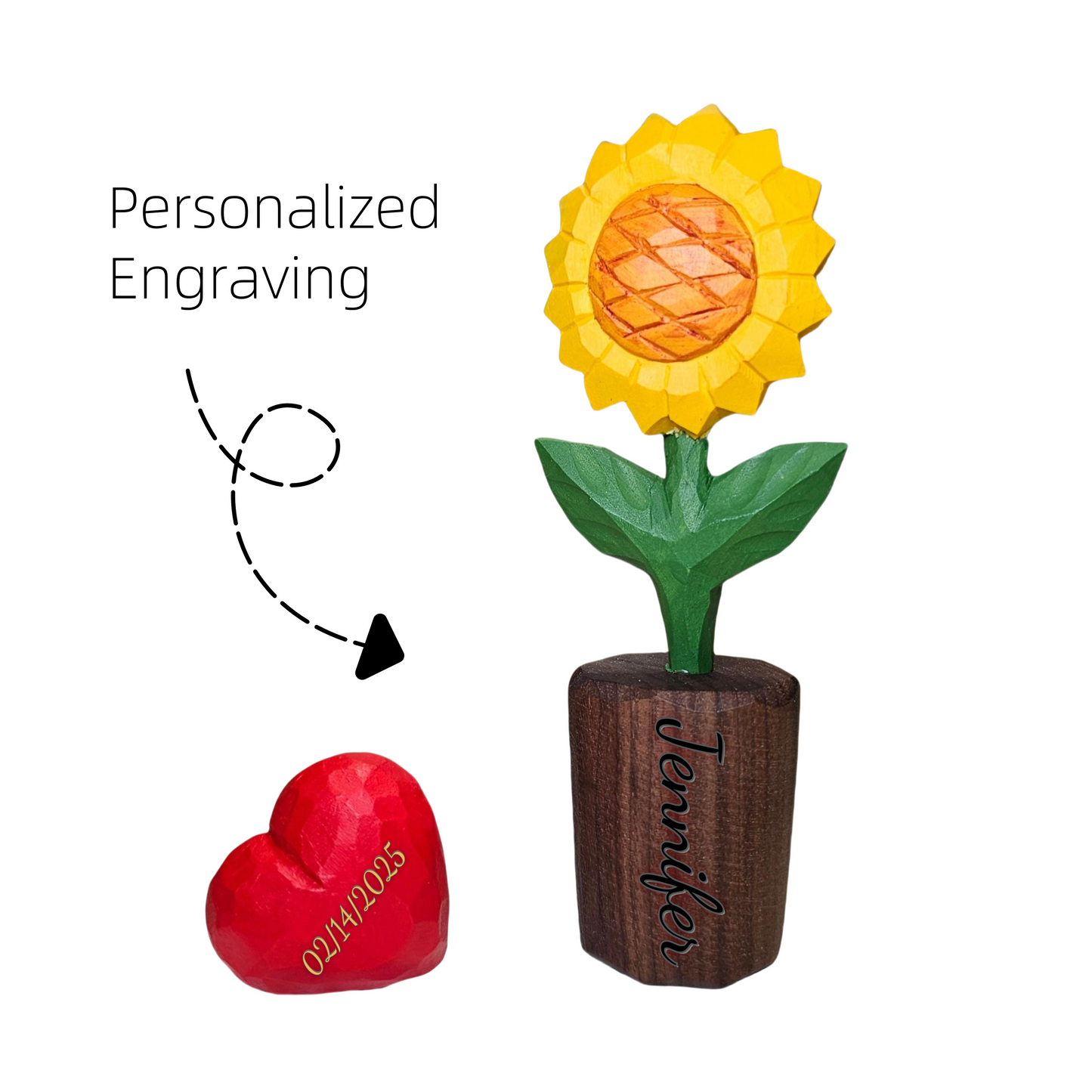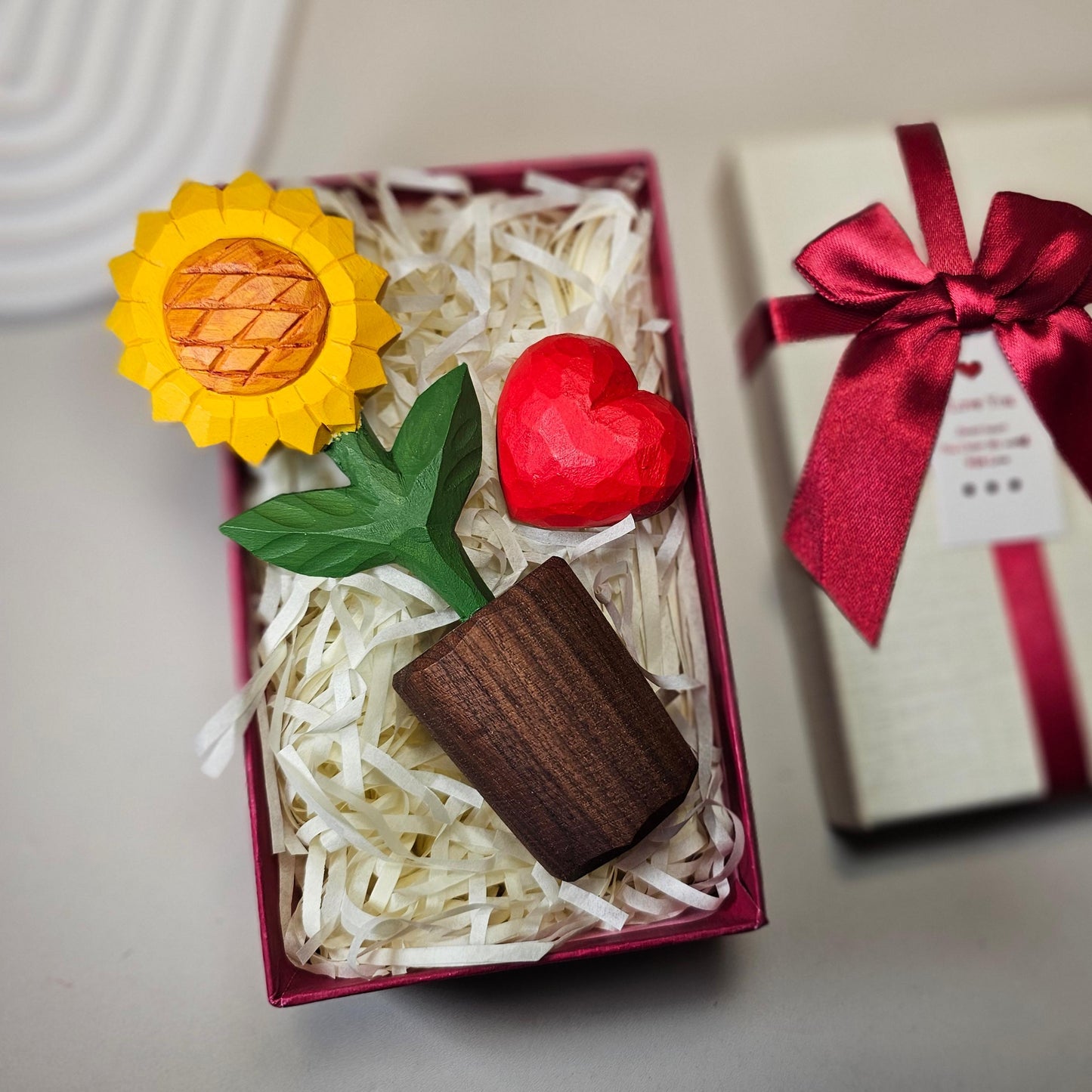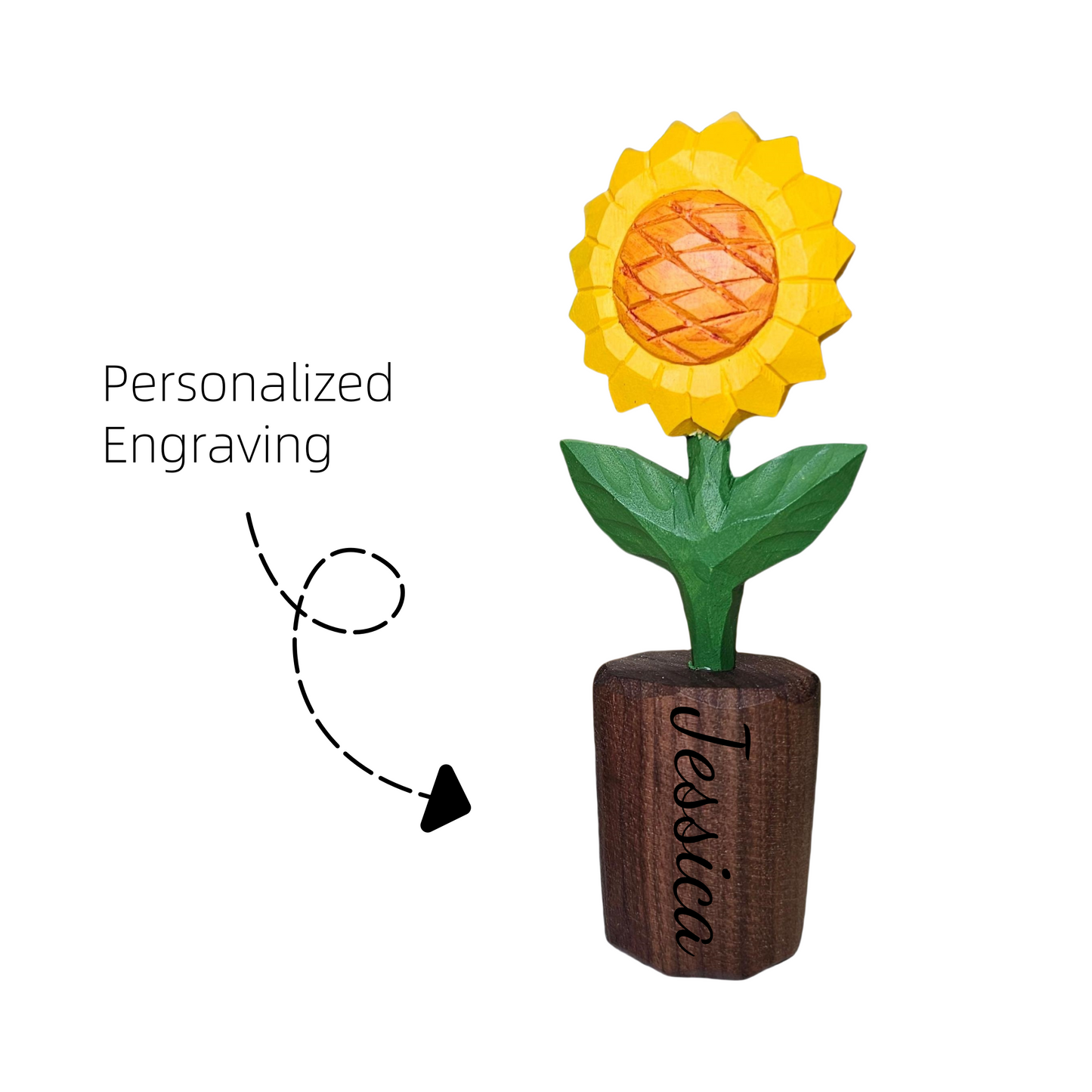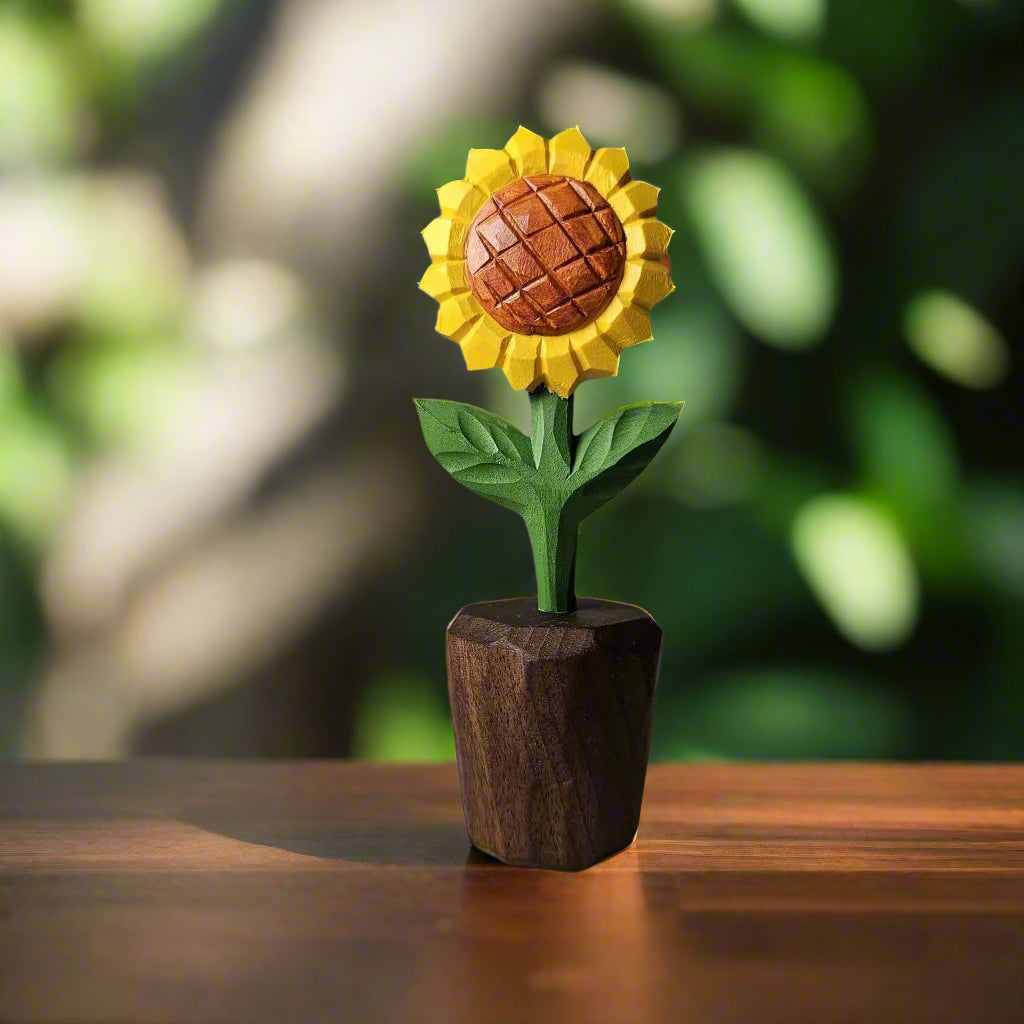
🌻 What Can Sunflowers Do? Nature’s Brightest Multitaskers
Share
🌻 What Can Sunflowers Do? Nature’s Brightest Multitaskers
 Sunflowers are more than just a pretty face. Behind their tall stems and bright yellow blooms lies a plant with a surprising amount of power—both in nature and in our lives.
Sunflowers are more than just a pretty face. Behind their tall stems and bright yellow blooms lies a plant with a surprising amount of power—both in nature and in our lives.
Let’s take a closer look at everything sunflowers can actually do.
1. They Follow the Sun ☀️ (Literally)
Young sunflowers practice heliotropism—they rotate to follow the sun from east to west during the day. This helps them:
-
Maximize sunlight for faster growth
-
Attract more pollinators
-
Stay warm during cool mornings
As they mature, their stems harden and they face east permanently, soaking in early sunlight.
2. They Support Pollinators 🐝
Sunflowers are a key food source for:
-
Bees
-
Butterflies
-
Hoverflies
-
Other beneficial insects
Their wide flower heads and abundant pollen make them perfect for pollinator-friendly gardens.
3. They Can Help Clean Contaminated Soil 🌱🧪
Sunflowers are used in phytoremediation—a process where plants absorb toxins from soil.
They’ve been planted in areas polluted by:
-
Heavy metals (like lead, arsenic, zinc)
-
Radioactive waste (including around Chernobyl and Fukushima)
-
Pesticide spills
They don’t solve the problem overnight, but they’re powerful allies in environmental recovery.
4. They Feed the World 🌻🌾
Sunflower seeds are:
-
Rich in nutrients (vitamin E, selenium, healthy fats)
-
Used to produce sunflower oil—a staple in cooking
-
A popular snack for both humans and birds
Even the leftover seed meal is used in livestock feed.
5. They Inspire Cultures, Art, and Emotion 🎨
From Van Gogh’s famous paintings to Chinese festivals and Ukrainian national symbols, sunflowers represent:
-
Hope
-
Loyalty
-
Resilience
-
Joy in adversity
Their visual warmth has made them symbols of light in hard times.
6. They Add Structure and Shade in Gardens 🌿
Tall sunflowers act as natural “garden scaffolding,” providing:
-
Shade for smaller plants
-
Wind protection
-
Vertical interest in landscaping
They're useful, not just ornamental.
















